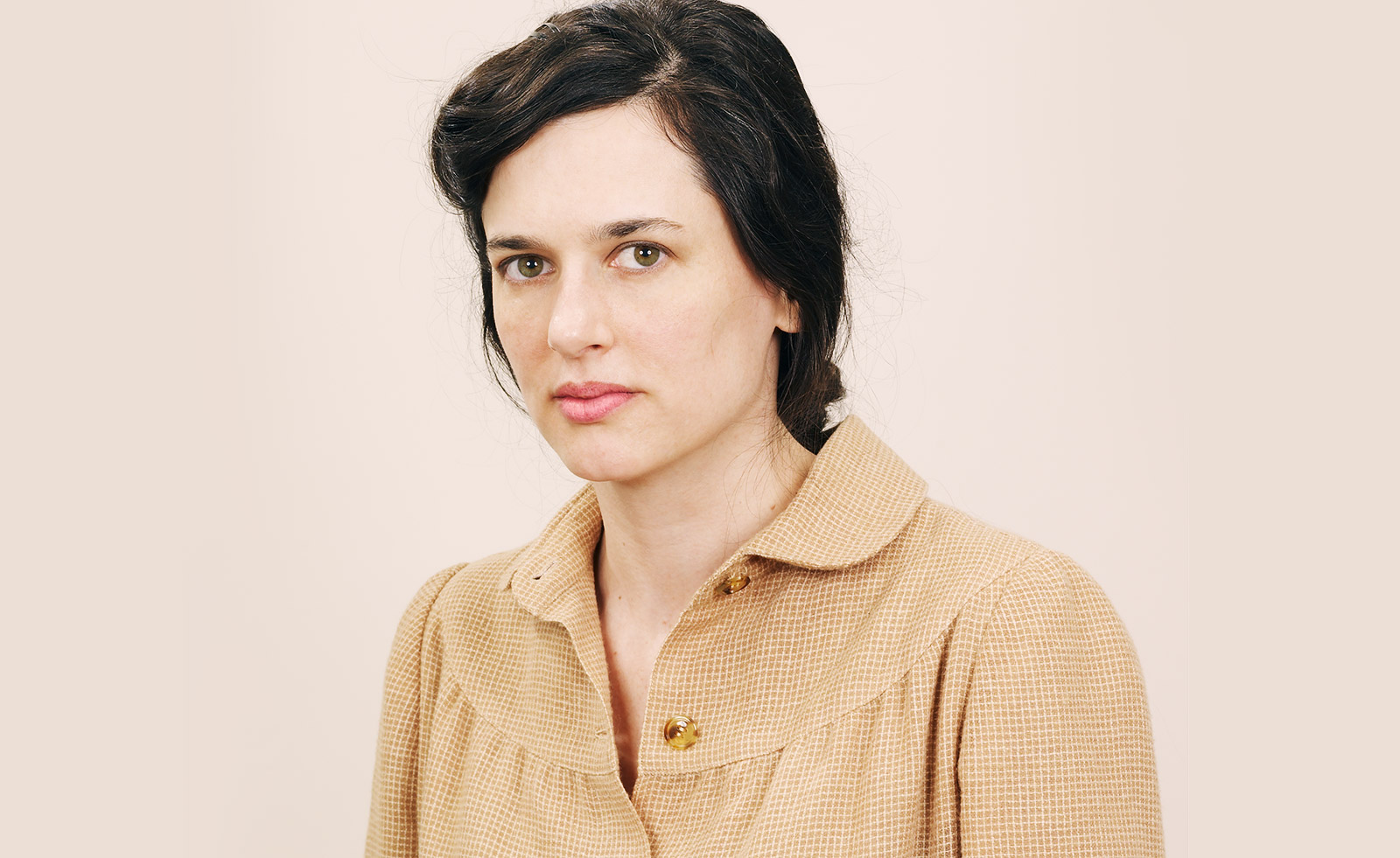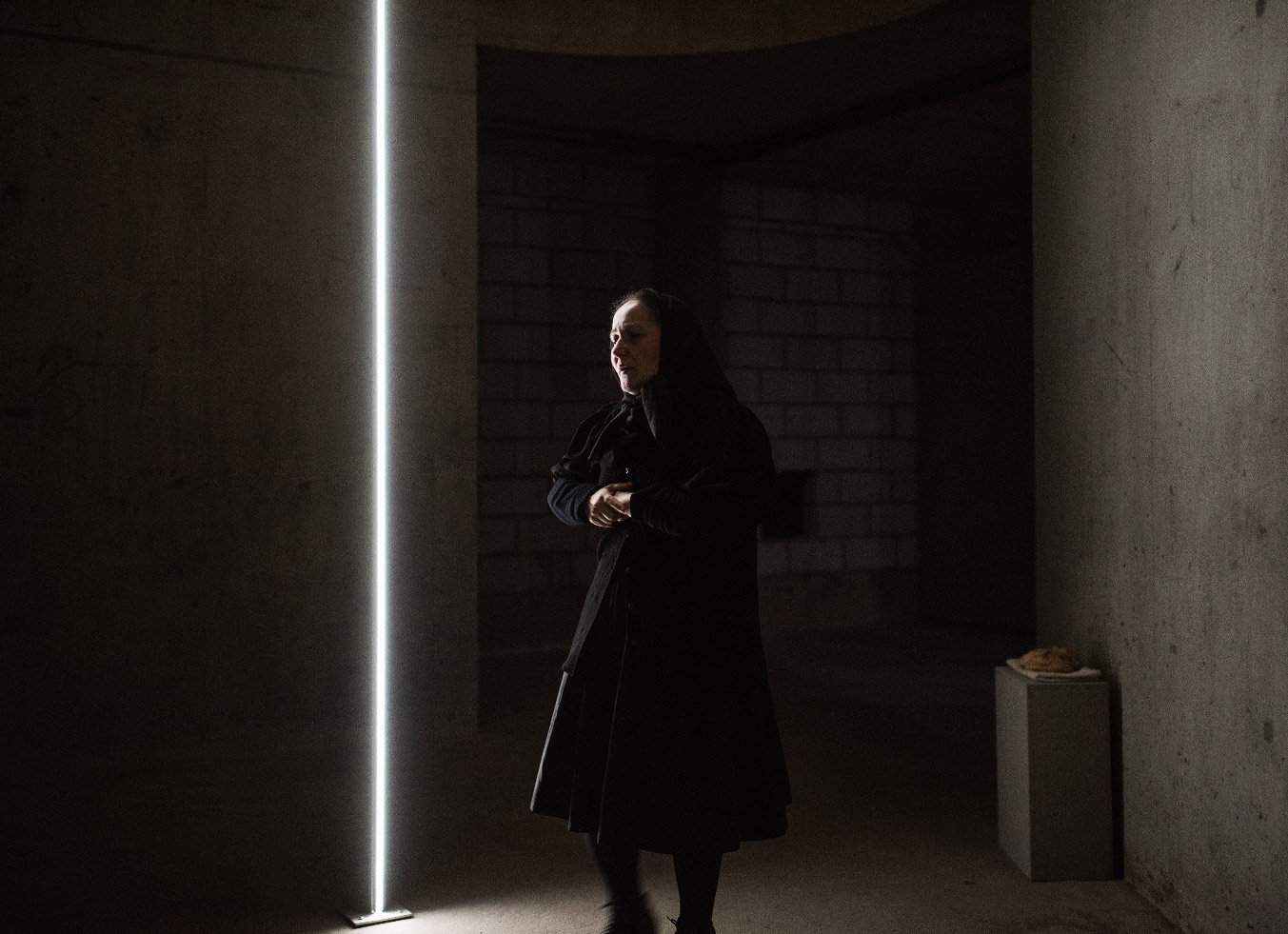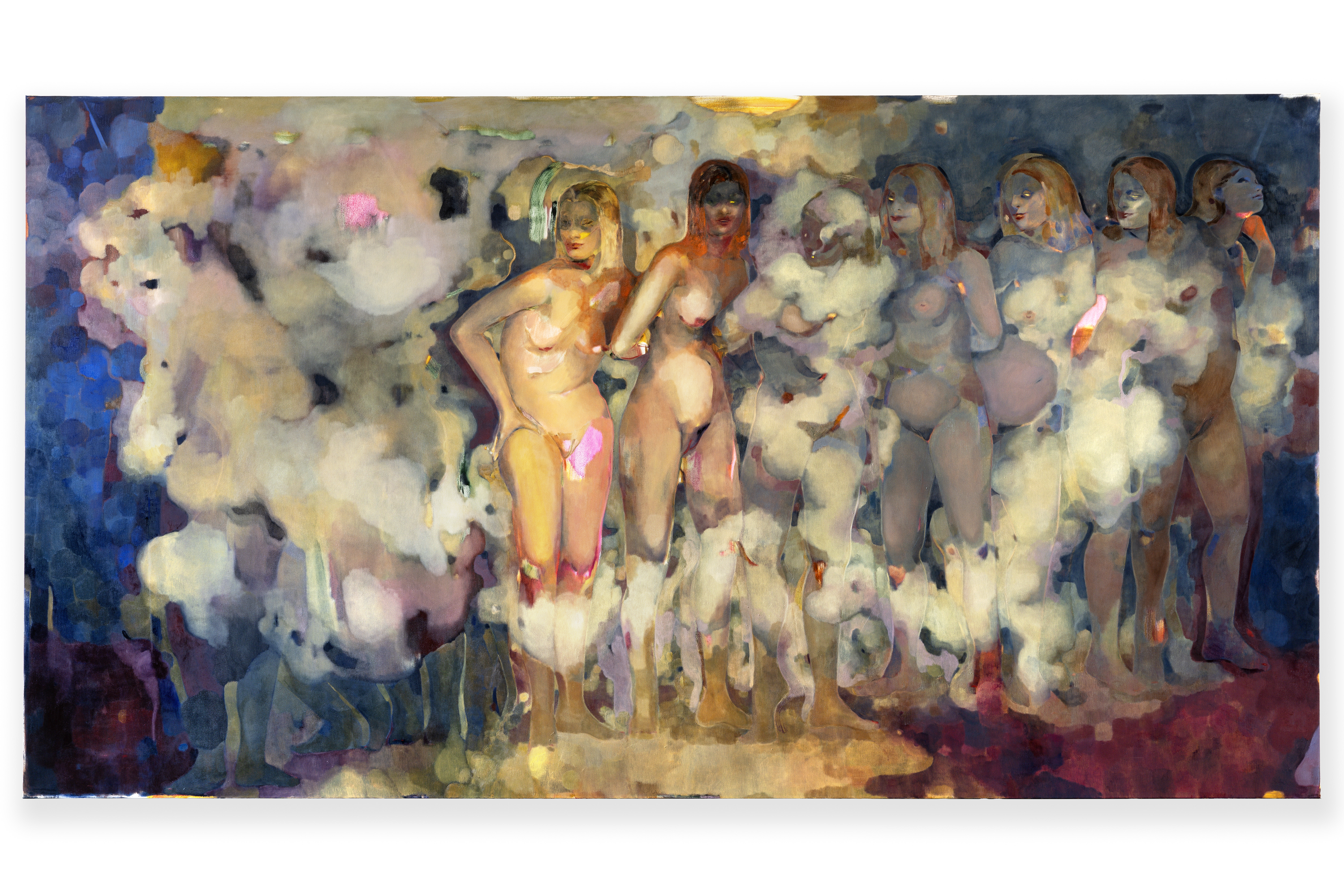
Having gathered professional mourners from around the world to perform their laments in New York in 2016, artist and erstwhile Wallpaper* Guest Editor Taryn Simon is now bringing her groundbreaking artwork to London, opening this evening. We caught up with Simon in midst of rehearsals to talk about grief, performance and ephemerality.
Unlike Simon’s previous works, An Occupation of Loss has a live element at its core. ‘I’d been exploring professional mourners in A Living Man Declared Dead and Other Chapters, and was looking into it being one of the chapters,’ she recalls. ‘I realised that the medium that would best meet the subject matter was not photographic, nor was it textual. Lament occupies this space that is not music and not speech. And it’s both spontaneous and scripted, in a way that is difficult to translate. So it almost in and of itself insisted of being performance.’
The installation assembles 21 mourners from around the world, who respond to many forms of grief in their performance. Some mourn the passing of an individual and help carry their soul to the afterworld, some bemoan the loss of love, while others express their grief in the face of war and displacement, exile and fatalities it entails. Many of the laments can trace their roots to pre-Christian and pre-Islamic traditions, though Simon is not so much interested in ethnographic study than she is in their contemporary reverberations. Like the cultures from which these traditions came, modern-day London (and New York) lacks a prevalent, organised religion.
In its absence, says Simon, organisation becomes communal, national, or media-driven. ‘You can even see the influence of Twitter and these sort of social feeds shaping and directing grief and how we organise, manage, define and represent it.’ What a grief-ridden tweet and a centuries-old lament have in common is that they are public demonstrations of emotion, which actually have ‘quite a lot of authority and power, and can pose a threat to structures that organise populations’.
Simon is also quick to point out that the performance of laments is not a vestige of times past. A Yezidi lament in An Occupation of Loss responds to recent mass killings in Sinjar, Iraq, while Ecuadorean ones are played on national radio and used in very public stages beyond funerals. A Chinese mourner within the installation even uses contemporary sound technology, including a microphone, synth, amp and mixing board.
An Occupation of Loss takes place in subterranean space in Islington Green, which took four years to find, and will open to the public for the first time on the evening of 17 April. While architectural photography is under tight embargo until the first performance is done, Simon has revealed that the venue will be a concrete dodecagon with multiple tiers. ‘Michael Morris [the co-director of Artangel, who collaborated with Simon on the work] calls it a folly, because it’s built in such an impossible way that it can never be anything.’ Still, she was drawn to its special sonic properties. ‘Sound travels up and down and bounces in unusual ways which are hard to decipher. A certain spot will be completely deadened, while another will echo in broad ways.’

Zamfira Ludovica Muresan performing at An Occupation of Loss, London, 2018, by Taryn Simon.
The centre of the dodecagon has been left empty, so ‘the object of mourning isn’t present or defined’, and the viewer can bring to it whatever they wish. Meanwhile, the mourners will occupy a series of architectural interventions which Simon refers to as hexagons, though they will be missing some sides. Like the towers that the artist brought to the Park Avenue Armory (designed in collaboration with OMA), the hexagons will have a pipe-like sonic quality, though they encourage more interaction between viewer and mourner, and the bleed of sound is more extreme. Says Simon, ‘it feels like a further unfolding, disorientation and complication of the instrument.’ The resulting cacophony, she believes, will mirror the many ways in which we engage with loss in the contemporary world.
This being a Taryn Simon piece, there is of course an element of meticulous documentation as well. At the exit to installation, viewers are handed a booklet that describes the painstaking process of bringing each performer to London – visa applications to the home office, testimonials from anthropologists to support entry, biometric appointments and the like. ‘Artworks often end up on a single wall, or in storage. Books are much more democratic,’ she quips. The booklet allows An Occupation of Loss to live on after the last viewer has departed, a counterpoint to the ephemeral nature of performance-based art. On this note, Simon admits to struggling with putting so much into a certain thing, and then having it vanish. ‘It feels like insanity sometimes. But I am very much addicted to performance now. I love it.’
INFORMATION
An Occupation of Loss is on view 17-28 April. Entrance on Essex Road at the corner of Islington Green, London. Tickets are available here. For more information, visit the Artangel website
Receive our daily digest of inspiration, escapism and design stories from around the world direct to your inbox.
TF Chan is a former editor of Wallpaper* (2020-23), where he was responsible for the monthly print magazine, planning, commissioning, editing and writing long-lead content across all pillars. He also played a leading role in multi-channel editorial franchises, such as Wallpaper’s annual Design Awards, Guest Editor takeovers and Next Generation series. He aims to create world-class, visually-driven content while championing diversity, international representation and social impact. TF joined Wallpaper* as an intern in January 2013, and served as its commissioning editor from 2017-20, winning a 30 under 30 New Talent Award from the Professional Publishers’ Association. Born and raised in Hong Kong, he holds an undergraduate degree in history from Princeton University.
-
 Why are the most memorable watch designers increasingly from outside the industry?
Why are the most memorable watch designers increasingly from outside the industry?Many of the most striking and influential watches of the 21st century have been designed by those outside of the industry’s mainstream. Is it only through the hiring of external designers that watch aesthetics really move on?
-
 This Fukasawa house is a contemporary take on the traditional wooden architecture of Japan
This Fukasawa house is a contemporary take on the traditional wooden architecture of JapanDesigned by MIDW, a house nestled in the south-west Tokyo district features contrasting spaces united by the calming rhythm of structural timber beams
-
 At last: a London hotel that’s great for groups and extended stays
At last: a London hotel that’s great for groups and extended staysThe July London Victoria, a new aparthotel concept just steps away from one of the city's busiest rail stations, is perfect for weekends and long-term visits alike
-
 Out of office: The Wallpaper* editors’ picks of the week
Out of office: The Wallpaper* editors’ picks of the weekFar from slowing down for the festive season, the Wallpaper* team is in full swing, hopping from events to openings this week. Sometimes work can feel like play – and we also had time for some festive cocktails and cinematic releases
-
 The Barbican is undergoing a huge revamp. Here’s what we know
The Barbican is undergoing a huge revamp. Here’s what we knowThe Barbican Centre is set to close in June 2028 for a year as part of a huge restoration plan to future-proof the brutalist Grade II-listed site
-
 Out of office: The Wallpaper* editors’ picks of the week
Out of office: The Wallpaper* editors’ picks of the weekIt’s wet, windy and wintry and, this week, the Wallpaper* team craved moments of escape. We found it in memories of the Mediterranean, flavours of Mexico, and immersions in the worlds of music and art
-
 Each mundane object tells a story at Pace’s tribute to the everyday
Each mundane object tells a story at Pace’s tribute to the everydayIn a group exhibition, ‘Monument to the Unimportant’, artists give the seemingly insignificant – from discarded clothes to weeds in cracks – a longer look
-
 Out of office: The Wallpaper* editors’ picks of the week
Out of office: The Wallpaper* editors’ picks of the weekThis week, the Wallpaper* team had its finger on the pulse of architecture, interiors and fashion – while also scooping the latest on the Radiohead reunion and London’s buzziest pizza
-
 Out of office: The Wallpaper* editors’ picks of the week
Out of office: The Wallpaper* editors’ picks of the weekIt’s been a week of escapism: daydreams of Ghana sparked by lively local projects, glimpses of Tokyo on nostalgic film rolls, and a charming foray into the heart of Christmas as the festive season kicks off in earnest
-
 Wes Anderson at the Design Museum celebrates an obsessive attention to detail
Wes Anderson at the Design Museum celebrates an obsessive attention to detail‘Wes Anderson: The Archives’ pays tribute to the American film director’s career – expect props and puppets aplenty in this comprehensive London retrospective
-
 Meet Eva Helene Pade, the emerging artist redefining figurative painting
Meet Eva Helene Pade, the emerging artist redefining figurative paintingPade’s dreamlike figures in a crowd are currently on show at Thaddaeus Ropac London; she tells us about her need ‘to capture movements especially’